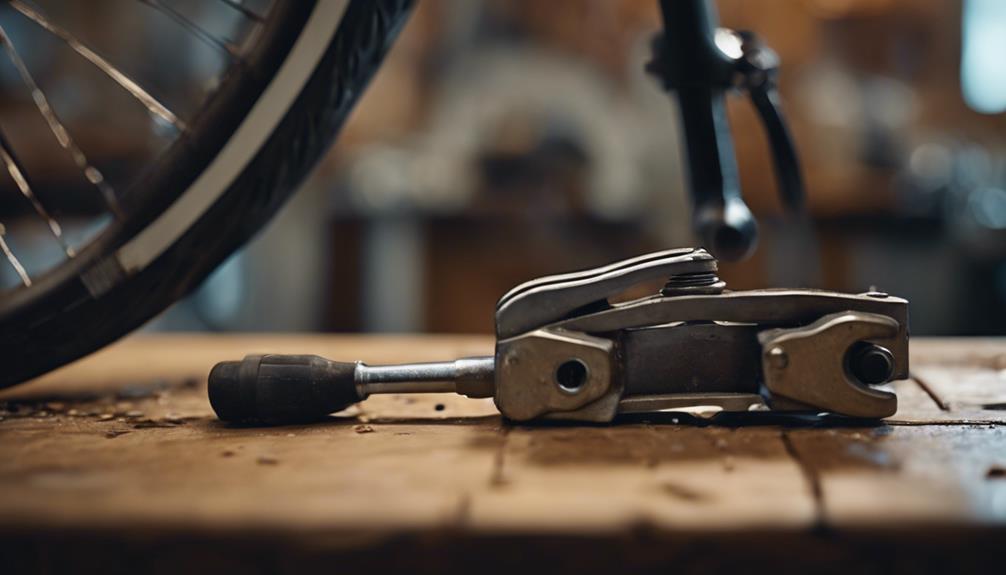Choosing the right bicycle can be a daunting task, especially with the multitude of options available on the market today. Whether you are a seasoned cyclist or a beginner, understanding what makes the best bicycle for your needs is essential. This guide will explore various types of bicycles, their features, and how to select the one that perfectly suits your lifestyle.
Understanding the Different Types of Bicycles
The first step in finding the best bicycle for your needs is to understand the different types available. Bicycles can generally be categorized into several main types: road bikes, mountain bikes, hybrid bikes, cruiser bikes, and electric bikes. Each type serves a unique purpose and is designed for specific riding conditions. For instance, road bikes are lightweight and built for speed on paved surfaces, while mountain bikes feature rugged tires and frames to handle rough terrain. Understanding these categories will help you narrow down your options and find the best bicycle for your riding style.
Assessing Your Riding Style and Purpose
Before diving into the specifics of bicycle models, it’s crucial to assess your riding style and purpose. Are you looking for a bike for commuting, leisure rides, or intense mountain biking? Each purpose requires different features. If you’re commuting, you might prioritize comfort and practicality, while a mountain biker may focus on durability and suspension. Taking the time to evaluate your needs will ensure you choose the best bicycle that aligns with your lifestyle and intended use.
Key Features to Consider When Choosing a Bicycle
When searching for the best bicycle, there are several key features to consider. These include frame material, wheel size, gear systems, brakes, and suspension. The frame material can significantly impact the bike’s weight and durability, with options ranging from steel to aluminum and carbon fiber. Wheel size affects ride comfort and handling; for example, 26-inch wheels are common on mountain bikes, while 700c wheels are standard for road bikes. Additionally, understanding the types of gear systems and brake mechanisms can enhance your biking experience, making it essential to weigh these features against your personal preferences.
Fit and Comfort: The Importance of Proper Sizing
One of the most critical factors in choosing the best bicycle is ensuring it fits you properly. A well-fitted bicycle enhances comfort and performance, reducing the risk of injury. Most bike shops offer fitting services, where experts can help you find the right frame size and make necessary adjustments. Key measurements to consider include the height of the frame, the length of the handlebars, and the distance from the seat to the pedals. It’s advisable to test ride a few different models to find the perfect fit that allows for an enjoyable riding experience.
Budgeting for Your Bicycle Purchase
Setting a budget is a vital step in the process of selecting the best bicycle. Prices can vary significantly based on the type, features, and brand. Entry-level bicycles may start around $300, while high-end models can reach into the thousands. Aside from the initial cost, consider additional expenses such as safety gear, maintenance, and accessories. Investing in a quality bike can provide long-term benefits, but it’s essential to find a balance between quality and affordability that suits your financial situation.
Researching Brands and Models
Once you’ve narrowed down the type of bicycle you want, it’s time to research brands and specific models. Some brands are known for their innovation and quality, while others may offer budget-friendly options. Reading reviews, watching video demonstrations, and seeking recommendations from fellow cyclists can provide valuable insights into the best bicycle options available. Additionally, visiting local bike shops can offer the chance to discuss your requirements and get hands-on experience with different models.
Conclusion: Making an Informed Decision
Choosing the best bicycle is a personal journey that requires careful consideration of your needs, preferences, and budget. By understanding the different types of bicycles, assessing your riding style, considering key features, ensuring proper fit, budgeting wisely, and researching brands, you can make an informed decision. Remember, the best bicycle for you is one that enhances your cycling experience and encourages you to ride more often. So, get out there, explore your options, and find the perfect bicycle that suits your needs!
